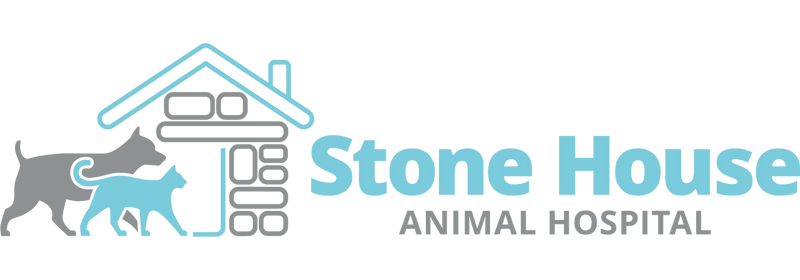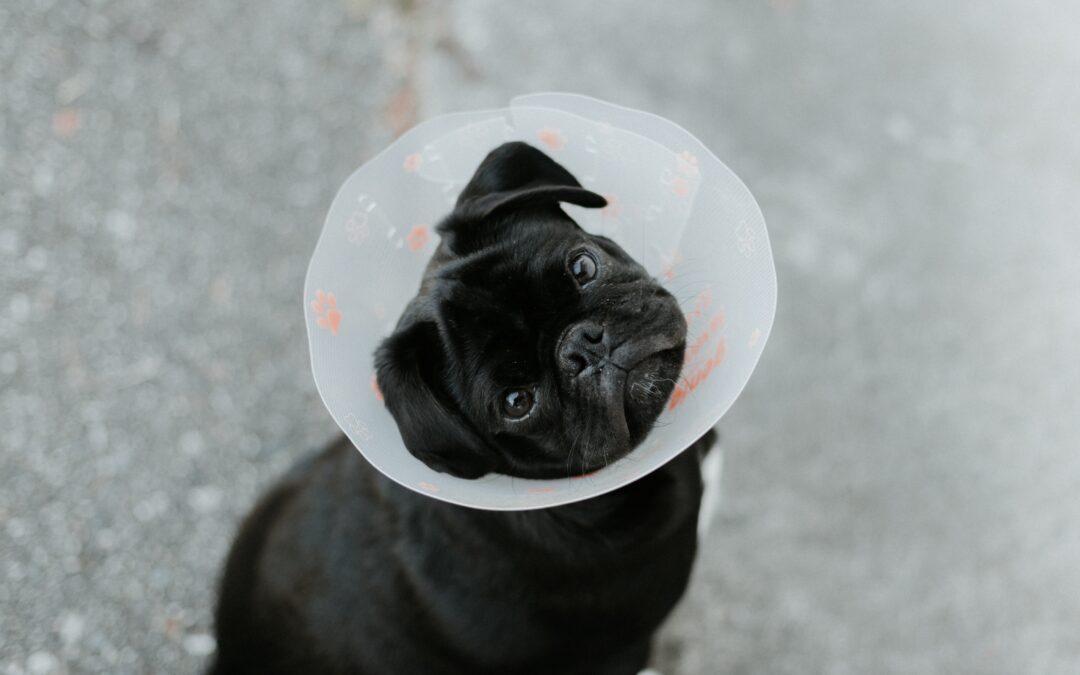Helping Your Pet To Heal After Surgery
Orthopedic surgery, or any type of surgery, is a significant event for a pet and can affect their ability to go about their everyday lives long after they come home. The following recovery advice can assist your pet in getting back on their feet more quickly following orthopedic surgery.
#1: Limit your pet’s activity
Pets are unable to comprehend that they must be calm and quiet in order to recuperate from surgery. Keep your dog on a leash while walking outside, come inside right away after using the restroom, and keep them in their kennel or small area to prevent too much activity, even though they might soon feel well enough to run and play.
#2: Walk your pet with you
To urinate and defecate, your pet could need assistance standing up, lying down, strolling, or posing. To assist your pet with tasks they must accomplish and avoid injuries, use a sling or other mobility device.
#3: Keep an eye on the wound
Several times a day, look for swelling, irritation, or drainage at your pet’s incision site. Keep the area dry and spotless, and adhere to your veterinarian’s instructions.
#4: Use ice and heat packs
Hot and ice therapy can ease pain and swelling while boosting circulation to hasten the healing process. Generally speaking, cold should be used for 72 hours after surgery, followed by heat. To avoid damaging your pet’s skin, always lay a towel between an ice or heat pack and the skin, and consult your veterinarian before using the packs.
#5: Provide a drug
As directed, administer postoperative medication to your pet. Even though your pet may appear to be recovering quickly and you may believe they no longer require pain medicine, you must to administer it as prescribed. Inform your veterinarian right away if your pet exhibits any negative side effects, such as vomiting, diarrhea, inappetence, or severe drowsiness.
#6: Employ rehabilitative therapies
Pets who undergo orthopedic surgery often benefit greatly from postoperative rehabilitation. The following therapies may help your pet recover more quickly and regain muscle mass and mobility:
- Laser therapy
- Hydrotherapy (i.e., underwater treadmill)
- Therapeutic massage
- Passive range-of-motion exercises
- Therapeutic ultrasound
- Acupuncture
- Chiropractic care
- Neuromuscular electrical stimulation
Your veterinarian will collaborate with you to develop a recovery and rehabilitation plan to assist your pet in making a full recovery following surgery. If you require assistance creating or carrying out the postoperative recovery plan for your pet, get in touch with our staff.

